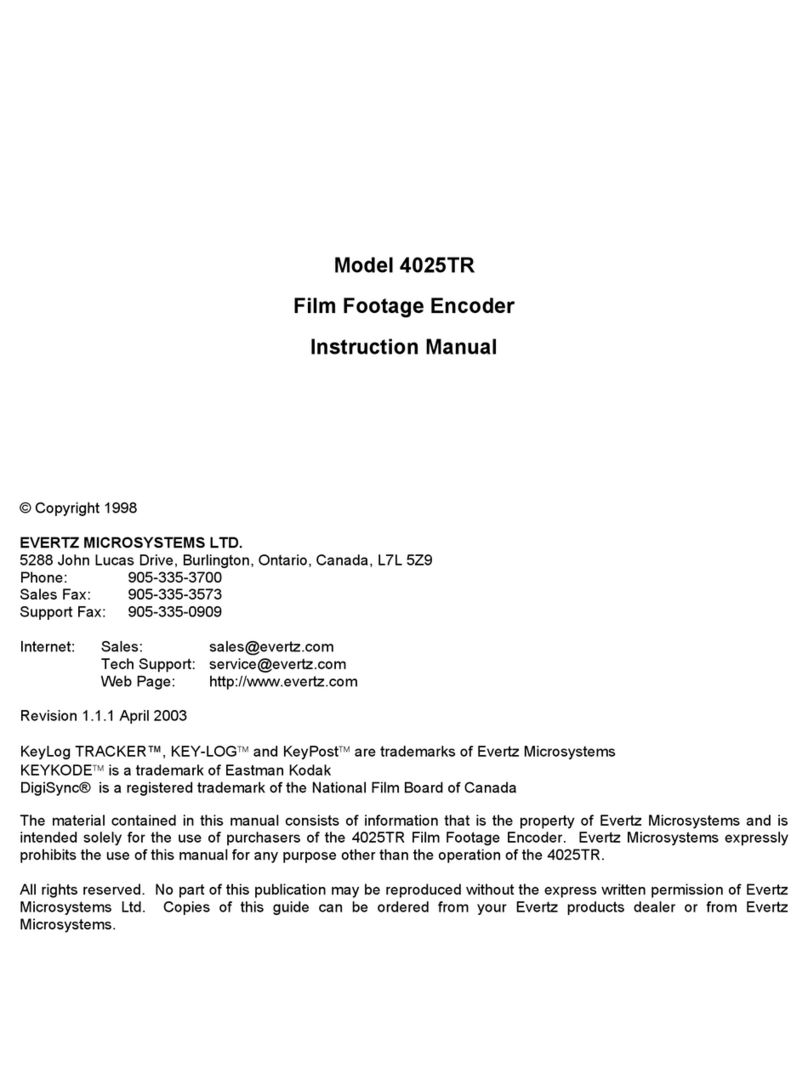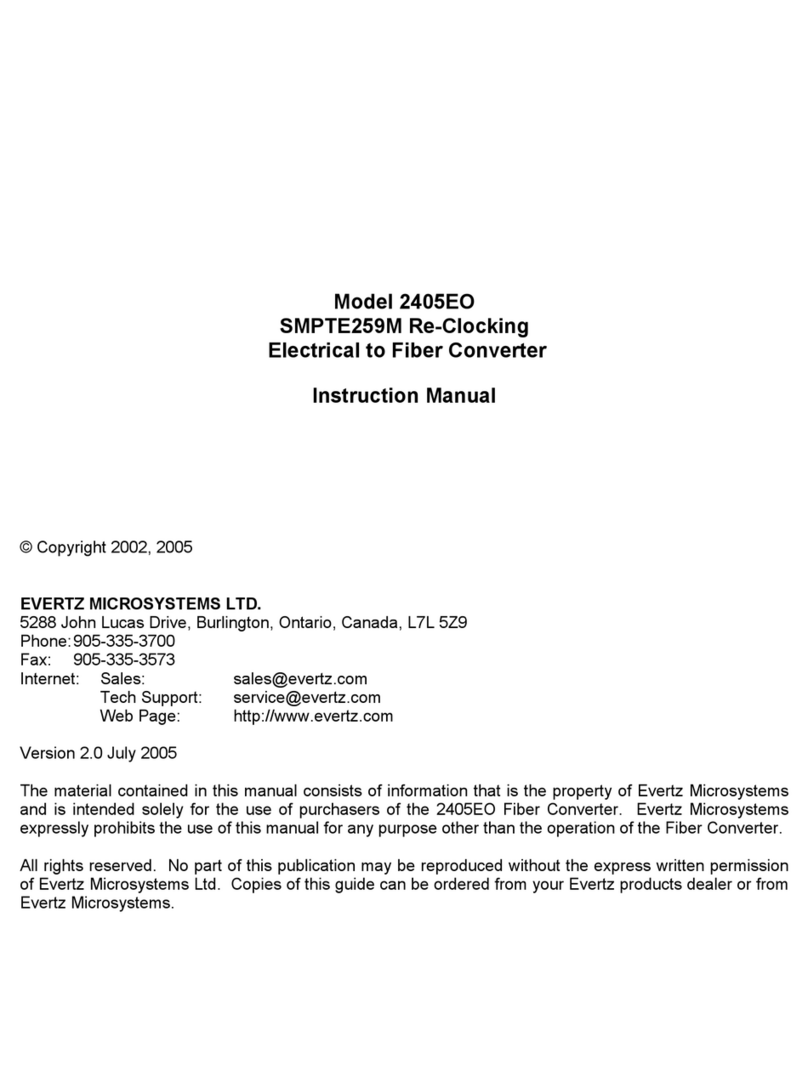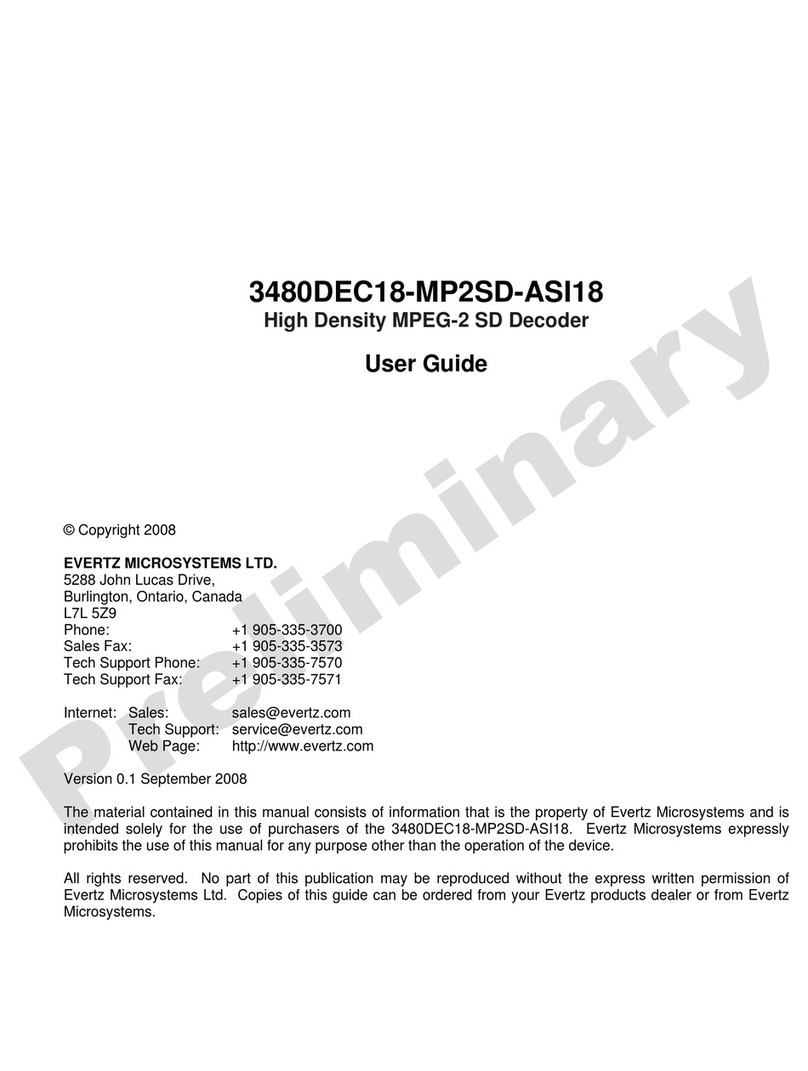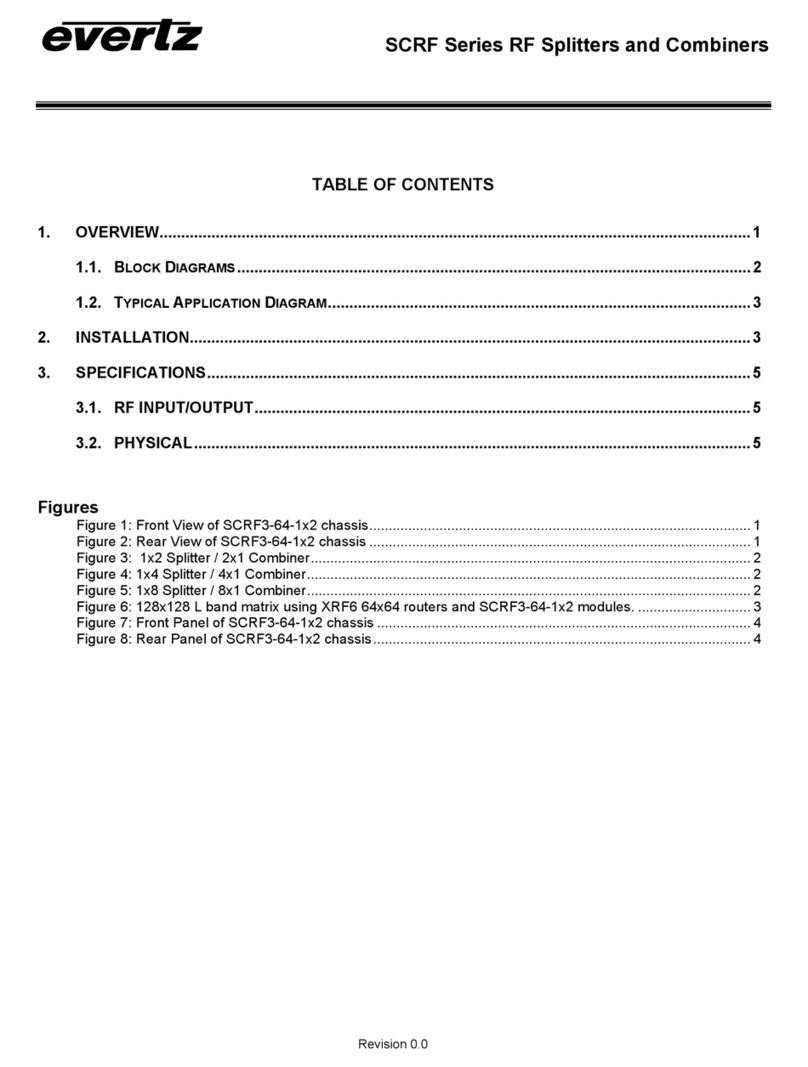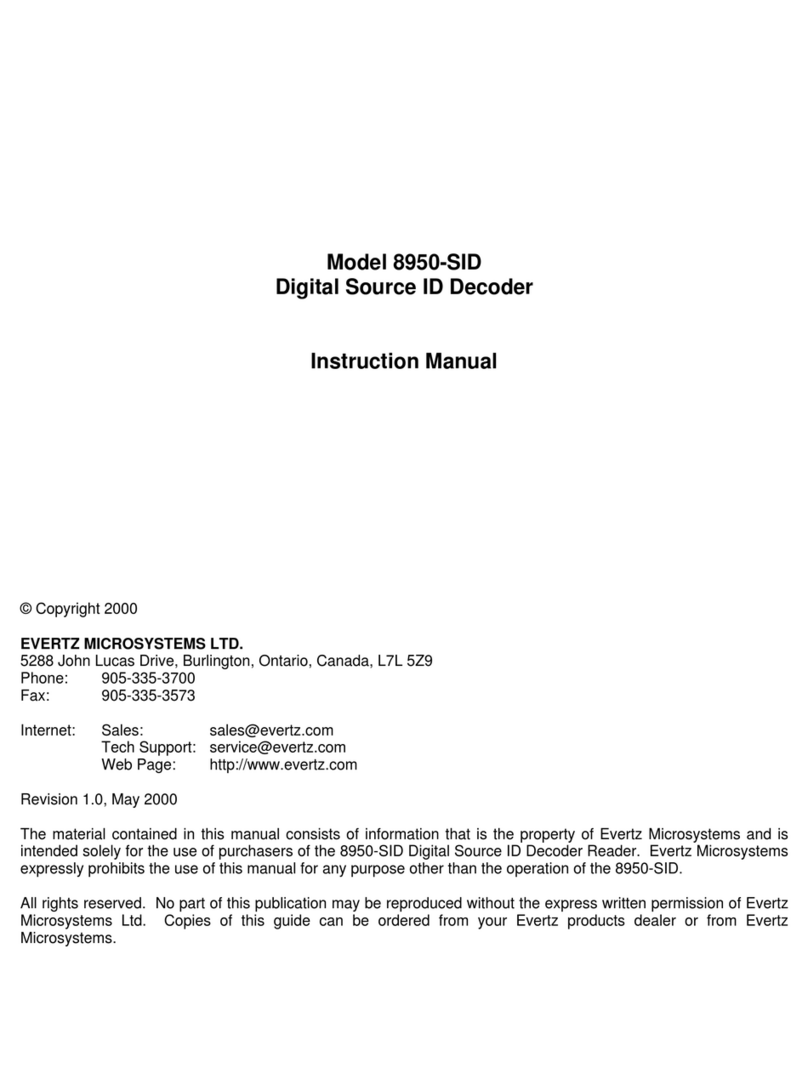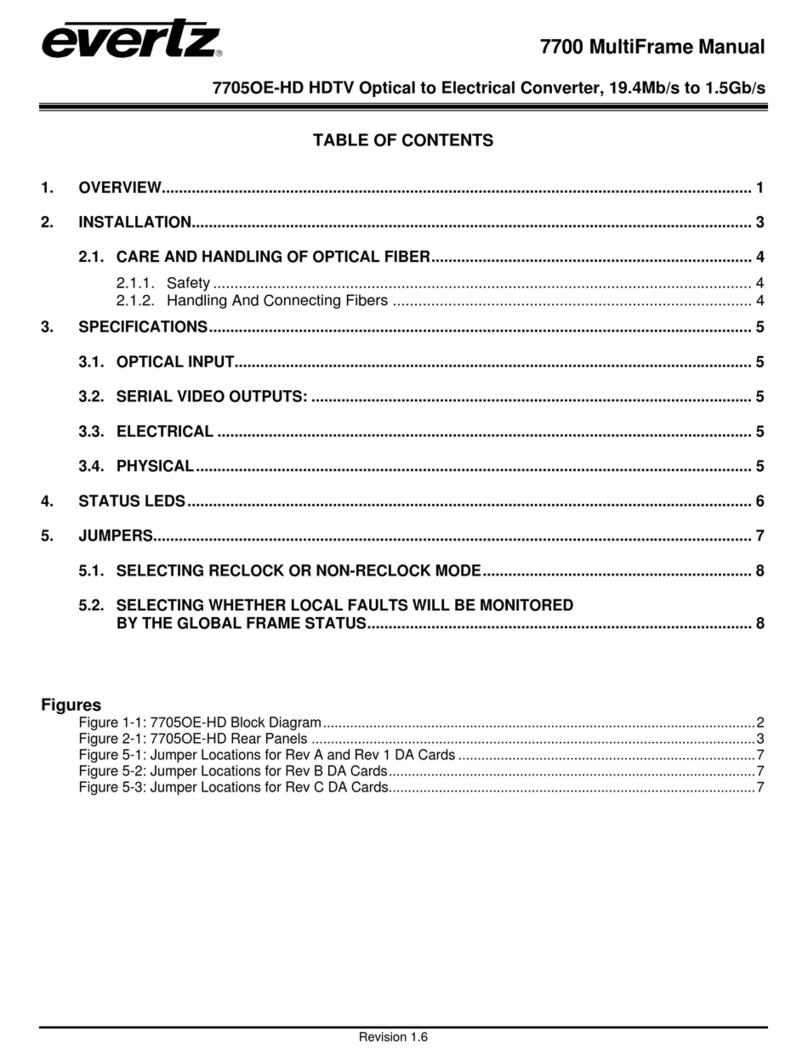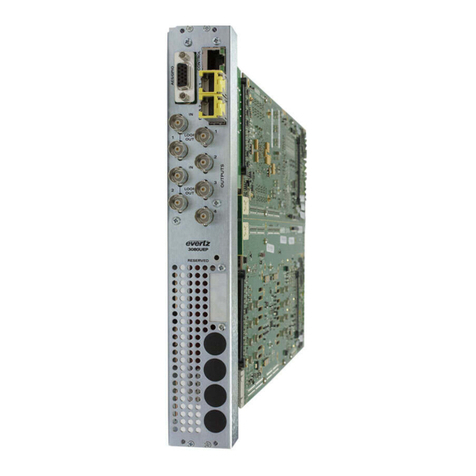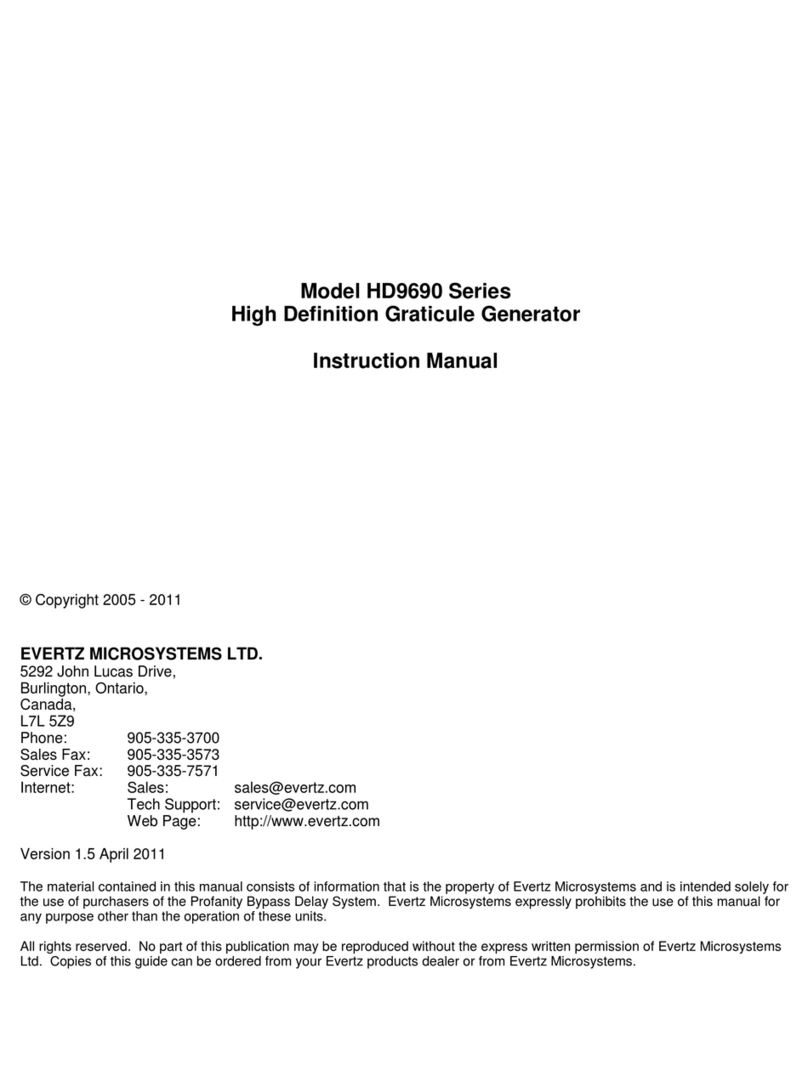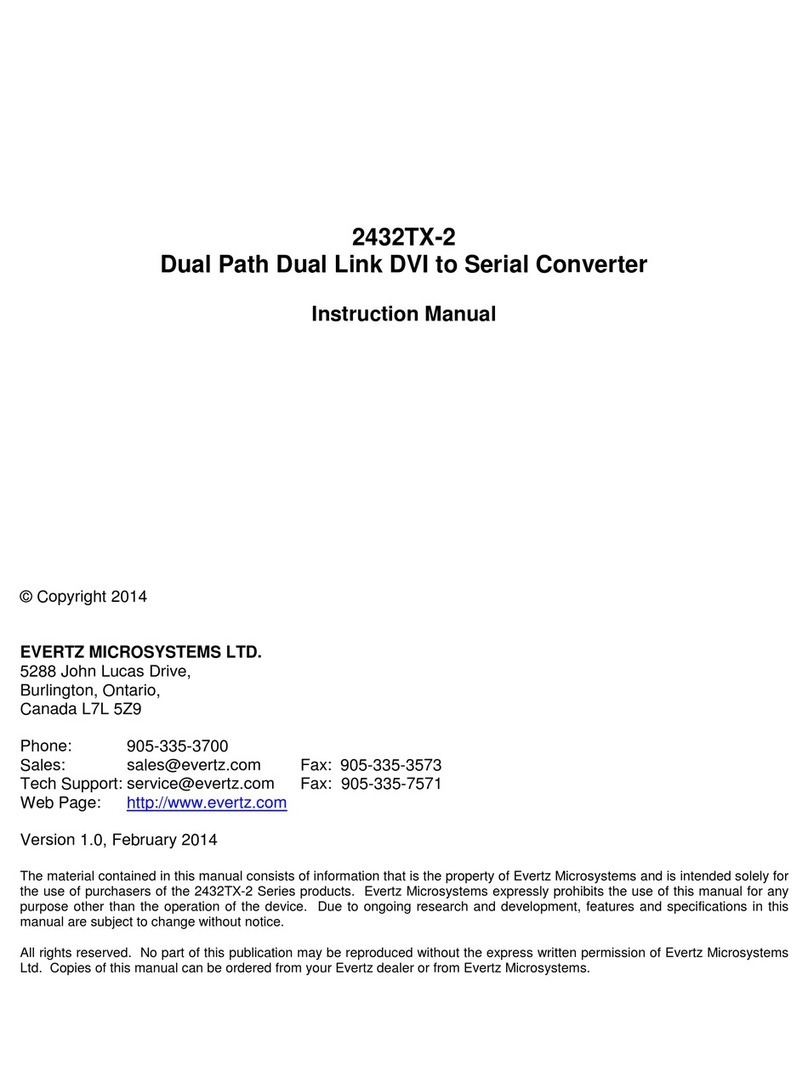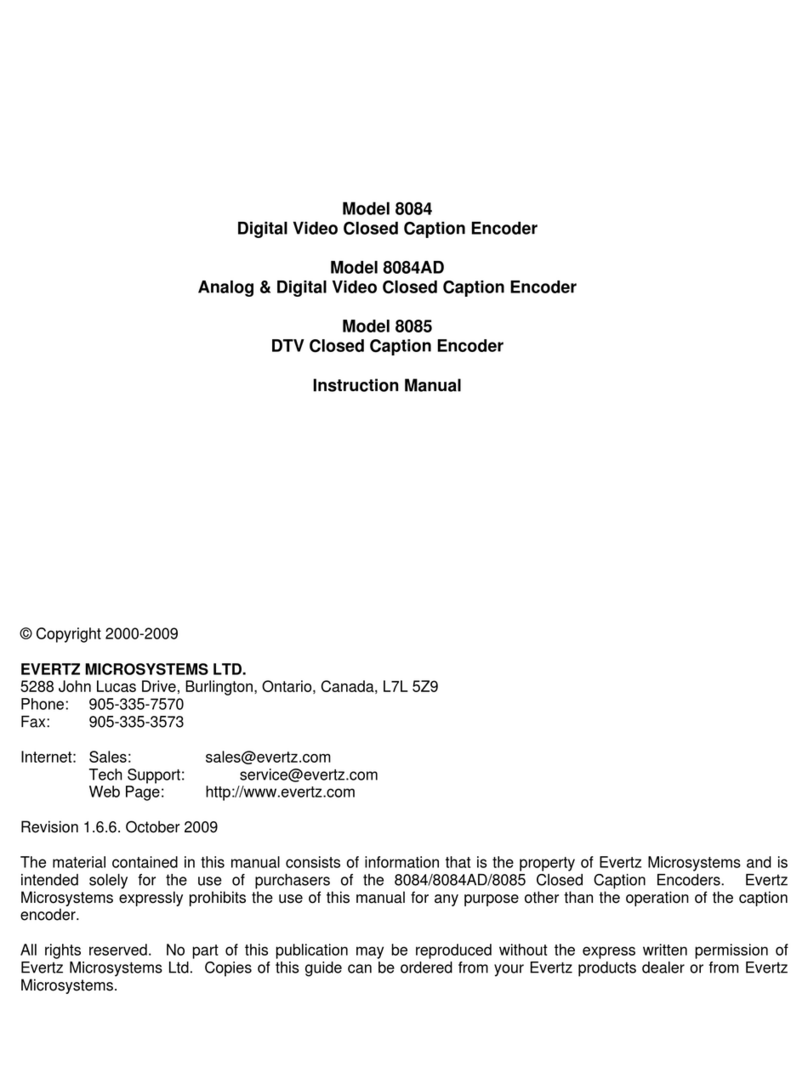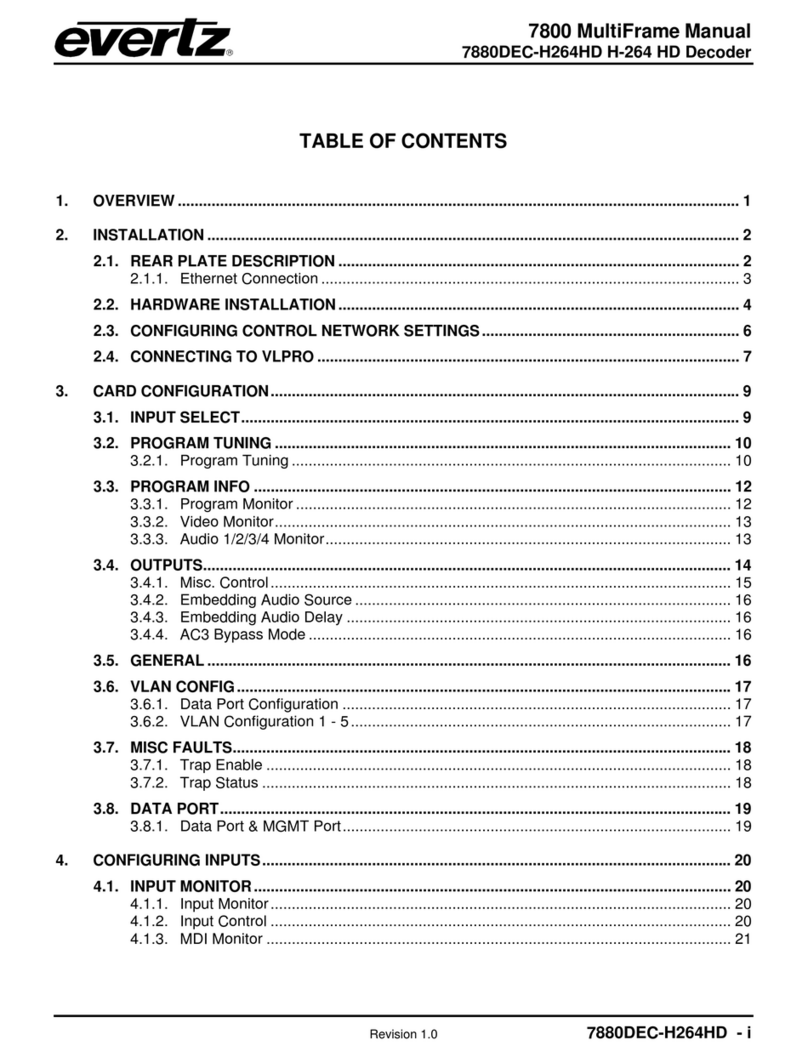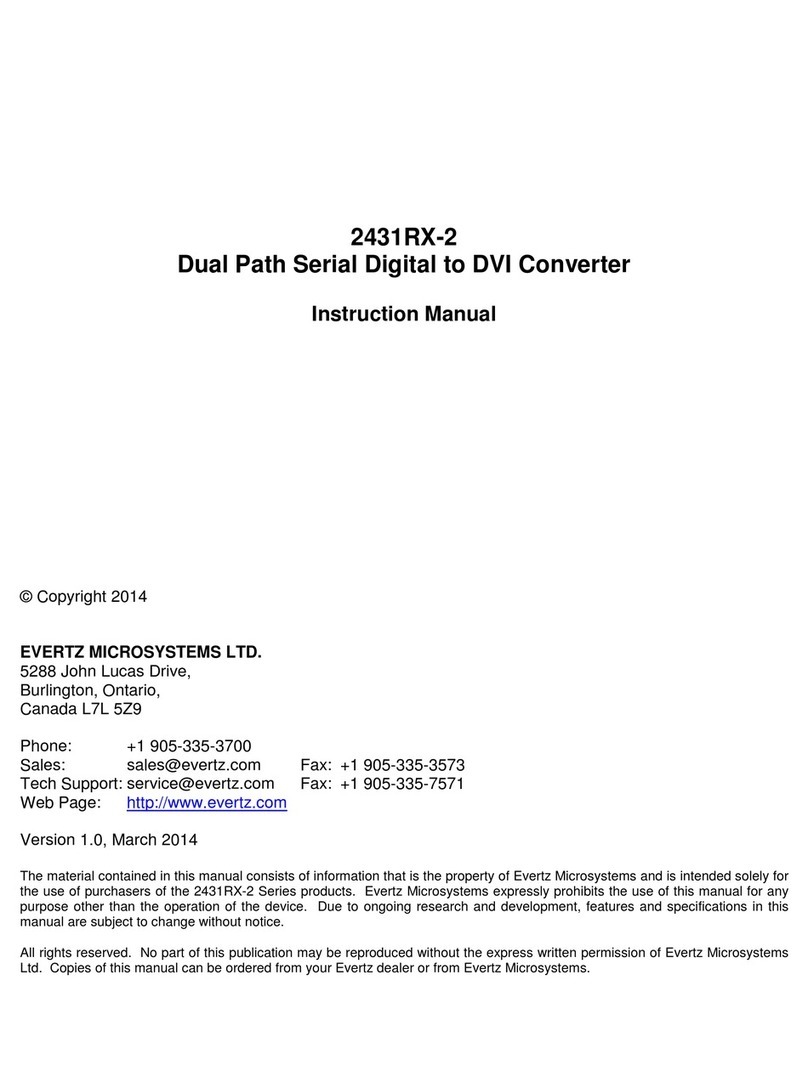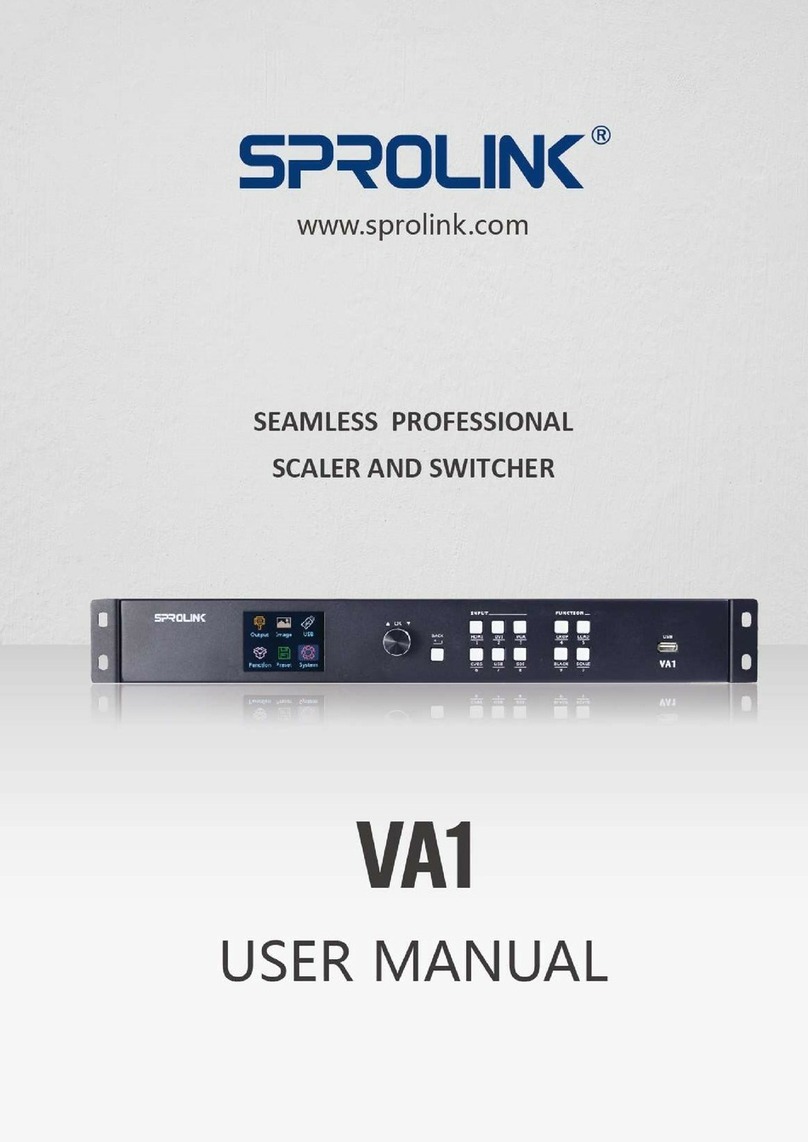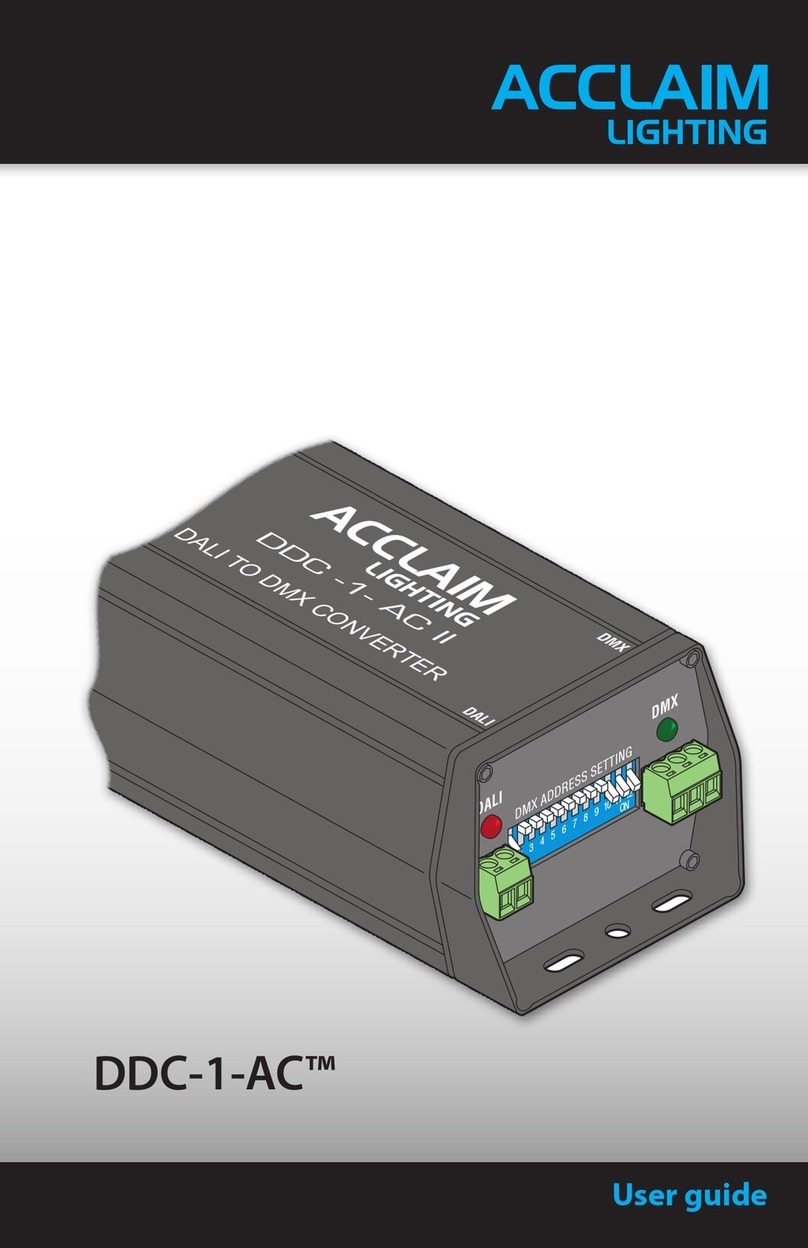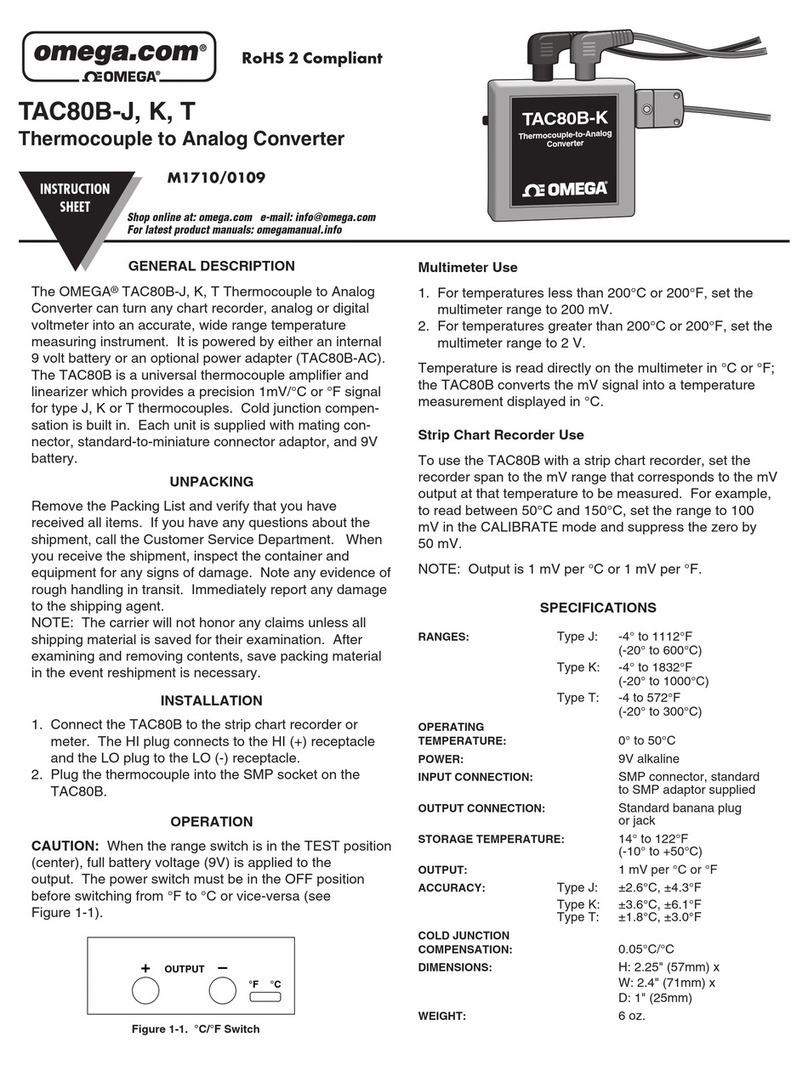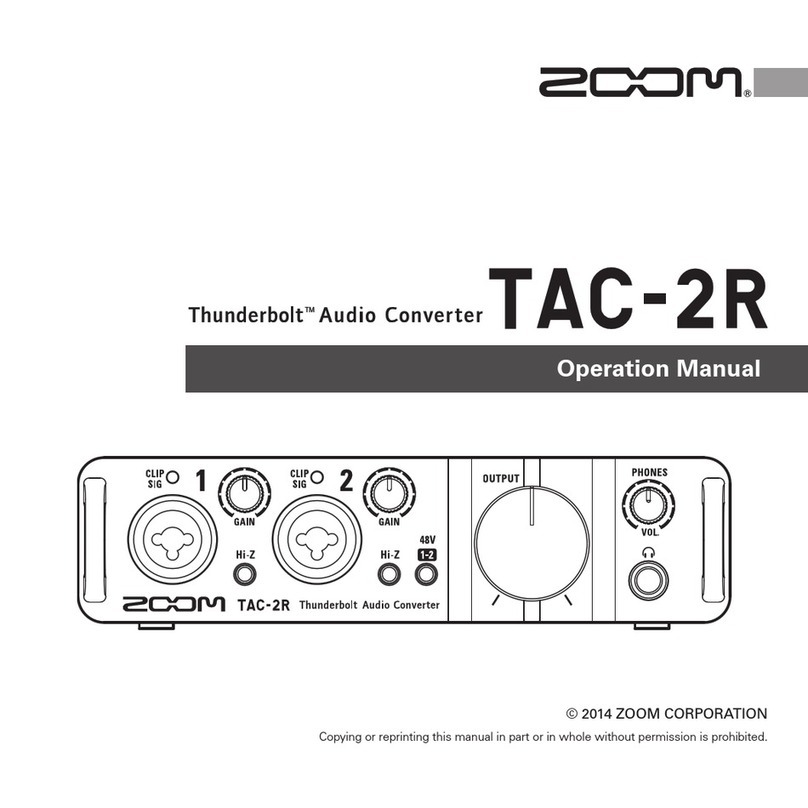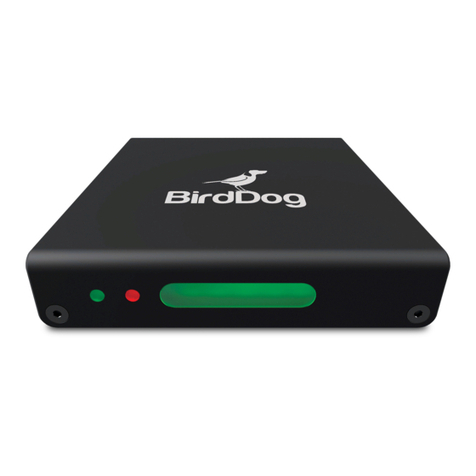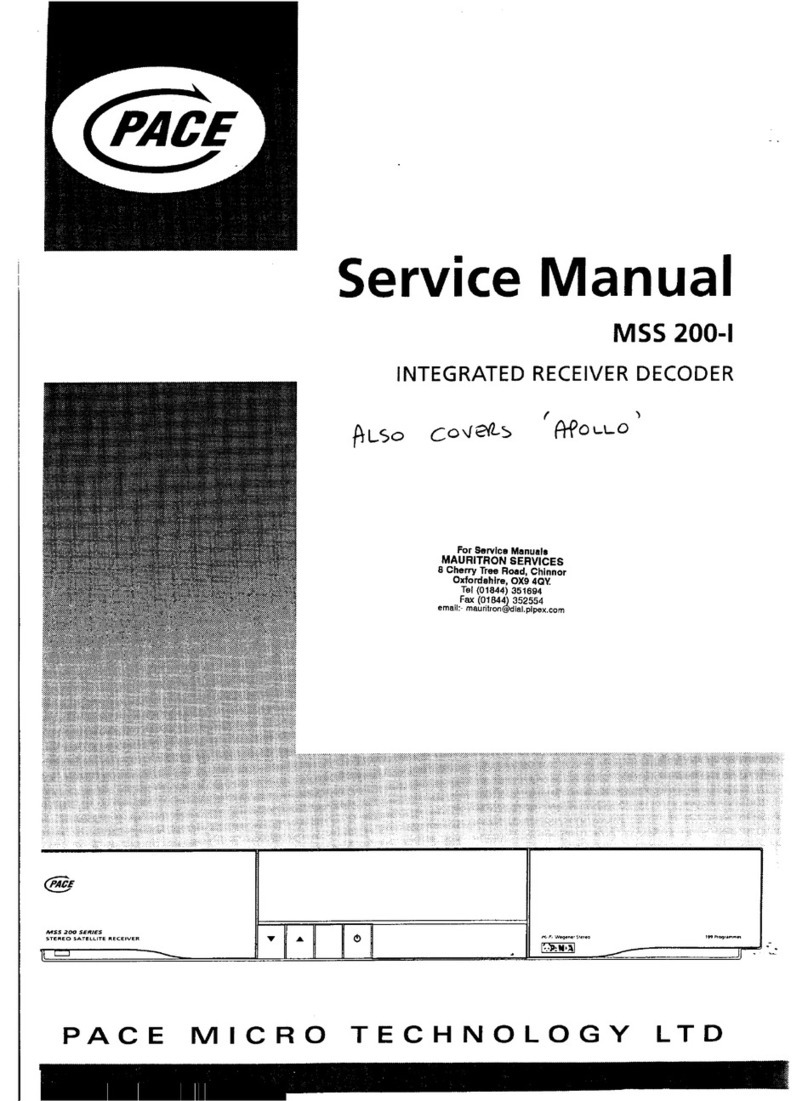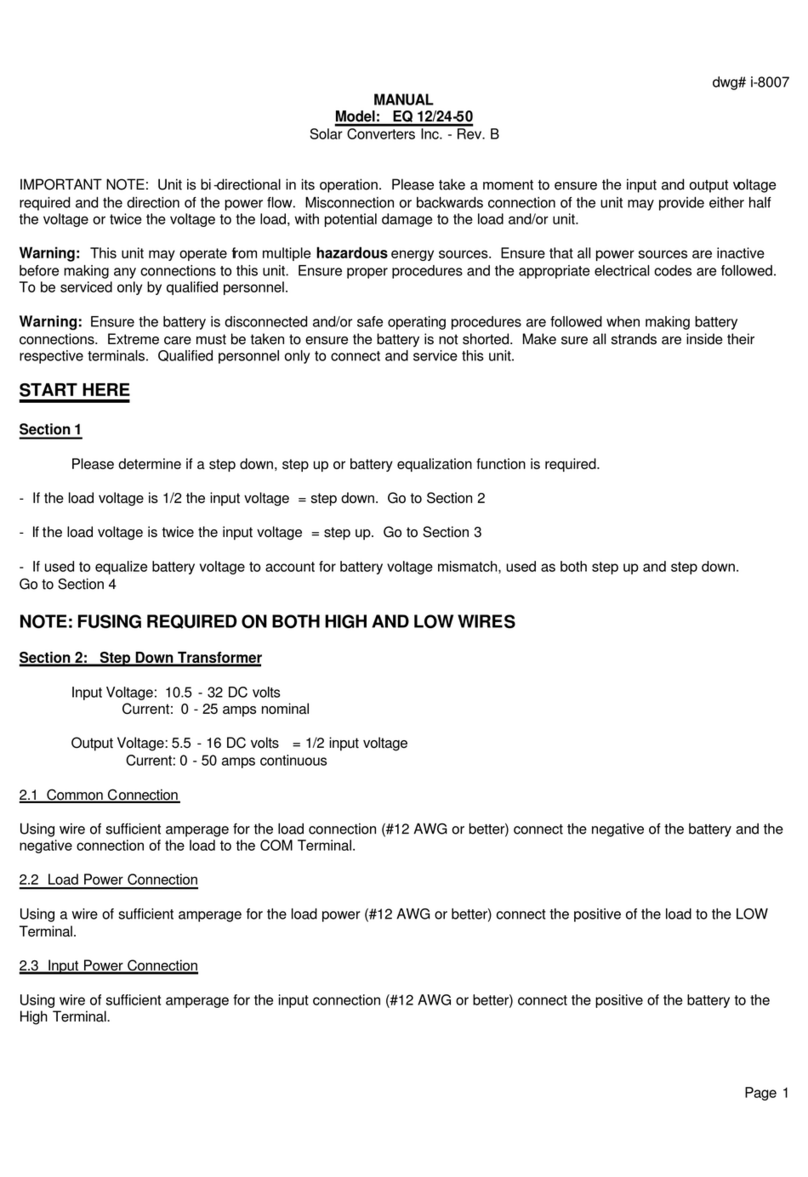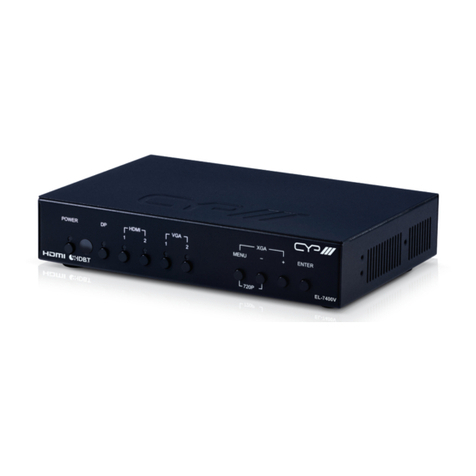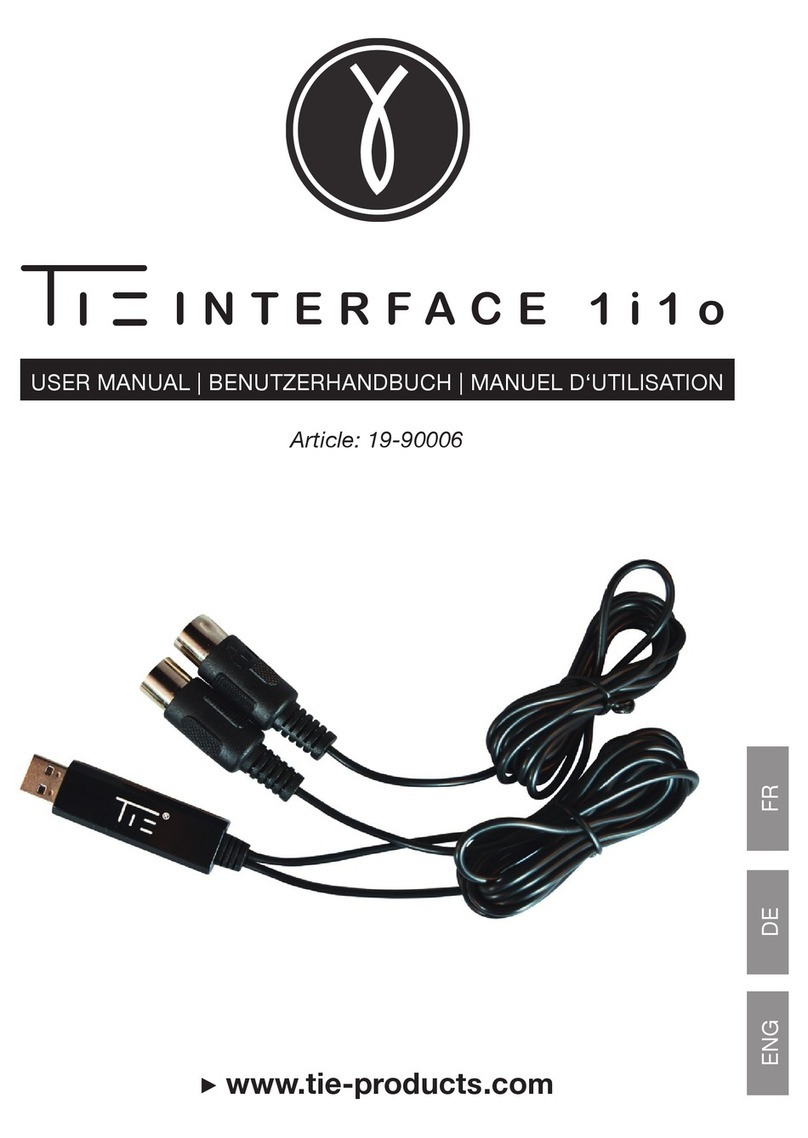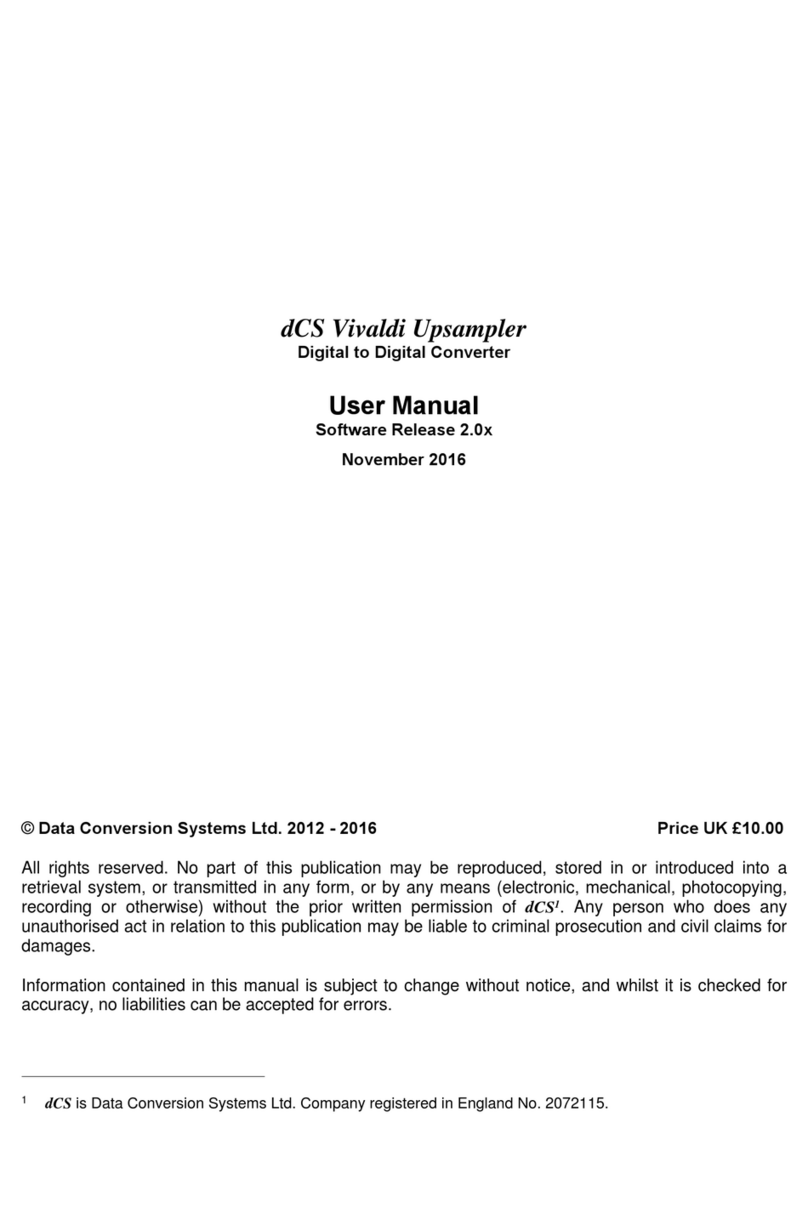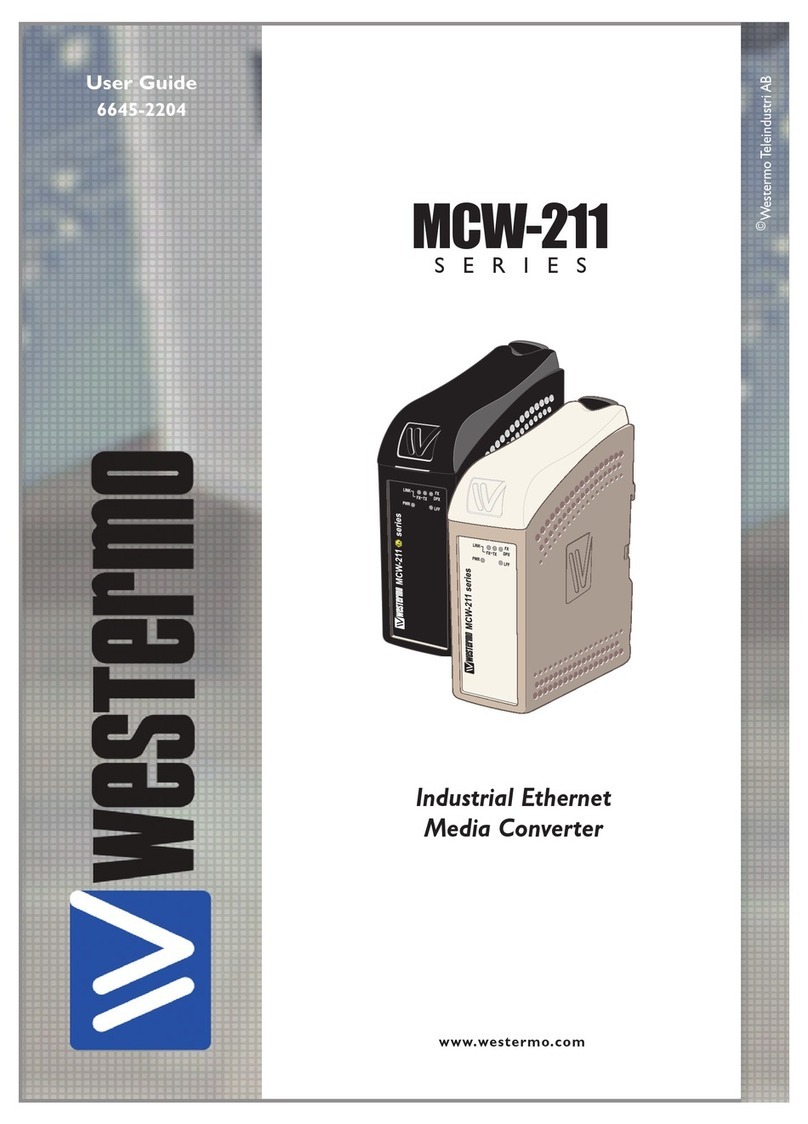
HD9010-SIE High Definition Source ID Encoder Manual
3.2. FRONT PANEL DISPLAY FUNCTIONS..................................................................................3-6
3.2.1. Front Panel Displays.....................................................................................................3-6
3.2.2. Special Front Panel Indicators......................................................................................3-6
3.3. PROGRAMMING A SOURCE ID MESSAGE INTO THE ENCODER......................................3-6
3.3.1. Source ID Data Entry Mode ..........................................................................................3-6
3.4. AN OVERVIEW OF THE SETUP MENU SYSTEM..................................................................3-7
3.5. CONFIGURING THE GENERATOR ........................................................................................3-2
3.5.1. Configuring the Generator Mode ..................................................................................3-3
3.5.2. Setting the Generator Time...........................................................................................3-3
3.5.3. Turning the ATC Generator On.....................................................................................3-4
3.5.4. Setting the ATC Packet Type........................................................................................3-4
3.5.5. Selecting the Line to Insert VANC Packets On.............................................................3-4
3.5.6. Selecting the Generator Drop Frame Mode
(29.97 and 59.94 FPS video standards only)................................................................3-5
3.5.6.1. Conversion Between Drop Frame and Non Drop Frame Counting Modes......3-6
3.5.7. Generator LTC Parity Mode Selection ..........................................................................3-2
3.5.8. Configuring how the RDR SID and RDR LVS Modes Works
when there is no Primary reader Code .........................................................................3-2
3.6. CONFIGURING THE READERS..............................................................................................3-3
3.6.1. Setting the Primary reader ............................................................................................3-3
3.6.2. Setting the ATC Reader Packet Type...........................................................................3-3
3.6.3. Selecting the Format of the ATC Reader Time and User Bit Data ...............................3-4
3.6.4. Selecting the Format of the LTC Reader Time and User Bit Data................................3-4
3.6.5. Selecting the Format of the Auxiliary LTC Reader Time and User Bit Data .................3-4
3.7. CONFIGURING THE CHARACTER GENERATOR FUNCTIONS...........................................3-5
3.7.1. Selecting the Character Style .......................................................................................3-5
3.7.2. Selecting whether the Frames, Fields and Symbols will be displayed on the VCG......3-6
3.7.3. Selecting and Positioning the Individual Character Inserter Windows..........................3-6
3.7.4. Positioning the Overall Character Display ....................................................................3-6
3.7.5. Special VCG Indicators.................................................................................................3-7
3.8. GENERAL CONFIGURATION ITEMS .....................................................................................3-7
3.8.1. Selecting the Video Standard .......................................................................................3-8
3.8.2. Selecting the Generator Framing Reference ................................................................3-8
3.8.3. Adjusting the Output Level of the LTC Generators .......................................................3-9
3.8.4. Adjusting the Baud Rate of the Serial Ports..................................................................3-9
3.8.5. Selecting Active or Passive VTR Communications on the AUXCOM Port ...................3-9
3.8.6. Turning off the HDSDI Characters When The Program Source is ‘ON AIR’...............3-10
3.8.7. Setting the LVS address .............................................................................................3-10
3.8.8. Working with System Parameters...............................................................................3-10
3.8.9. Viewing the Firmware Version ....................................................................................3-11
3.8.10. Upgrading the Firmware .............................................................................................3-11
3.8.11. Resetting the HD9010-SIE to its Factory Defaults......................................................3-11
3.9. CONFIGURING THE GENERAL PURPOSE INPUTS AND OUTPUTS ................................3-11
Revision 1.2 Page ii
